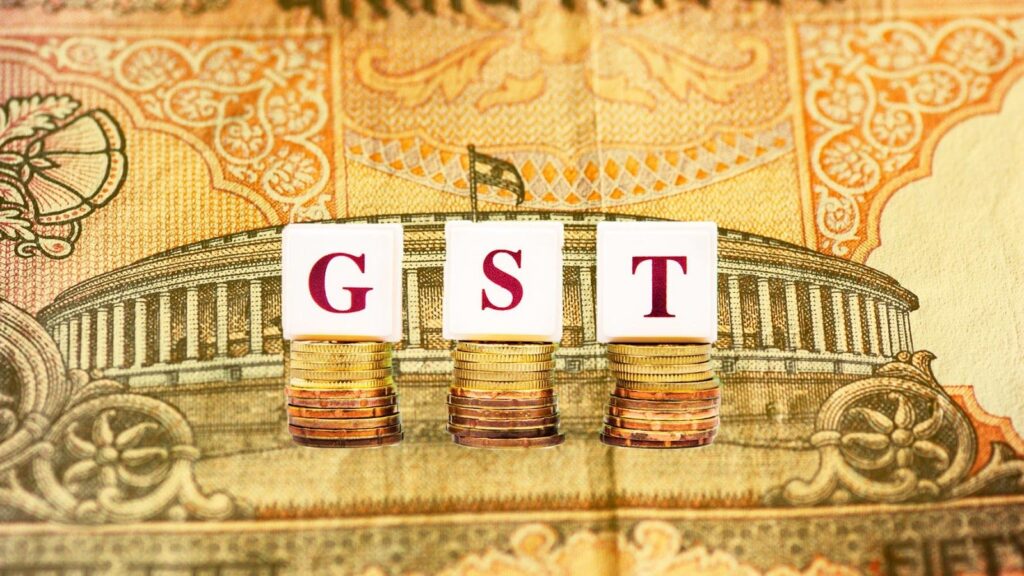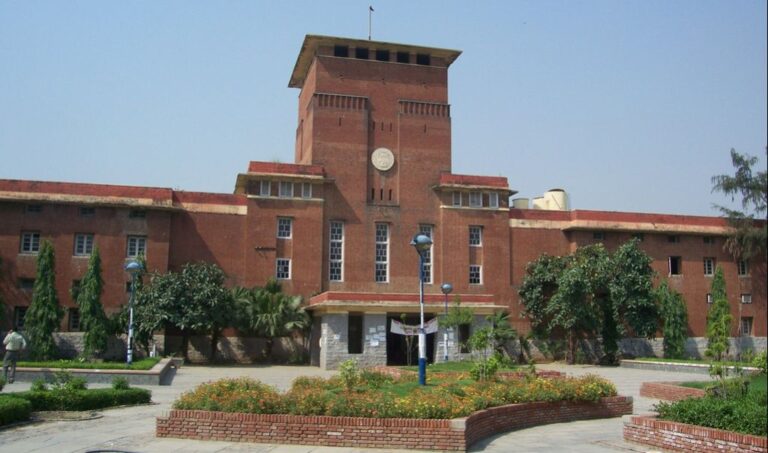GST Bachat Utsav 2025: An Overview

The government has launched the GST Bachat Utsav, calling it the beginning of next-generation GST reforms. Prime Minister Narendra Modi announced the new tax system on 21st September 2025, describing it as a “festival of savings” for citizens. The reform aims to make the Goods and Services Tax (GST) simpler and more beneficial for common people, traders, and small businesses.
Key Changes in GST
The new system reduces the number of tax slabs and makes the structure easier to understand. Most goods and services will now fall under 5% or 18% GST, instead of multiple complicated rates. The government has moved almost all items from the 12% slab to the 5% slab, giving direct relief to consumers. Vehicles, especially two-wheelers and small cars, will also see lower GST, dropping from 28% to 18%. Everyday goods, medicines, and household items will also become cheaper.
Who Benefits the Most

The government has stated that these changes will benefit the poor, middle class, neo-middle class, women, youth, farmers, small traders, and MSMEs. Families are expected to save more on daily expenses, while businesses will face less compliance burden. The reforms also aim to encourage people to buy Indian-made products, giving a push to local industries and manufacturers.
The biggest advantage of GST Bachat Utsav is lower prices. Households will spend less on essential items, while businesses will find it easier to operate under fewer tax rates. More disposable income in the hands of people could also boost festival season demand and increase economic activity.
For small businesses and traders, a simplified GST means less paperwork and fewer complications. The reform could also promote transparency and make it harder for businesses to evade taxes.
Possible Concerns
While the reforms look positive, some challenges remain:
- The government may face revenue loss because of lower tax rates, and it will need to balance this through higher consumption or better tax compliance.
- Shops and companies must quickly update billing systems and pricing. If businesses delay or fail to pass on the benefits, consumers may not see the full savings.
- Finally, even with lower GST, other costs like transportation and raw materials may keep prices high for some products.
The GST Bachat Utsav is a major step toward simplifying India’s tax system. It promises to reduce household expenses, ease business operations, and promote Indian products. However, its success will depend on how effectively the government and businesses implement the reforms and whether the savings truly reach consumers.
Stay tuned in for more with The World Times.



